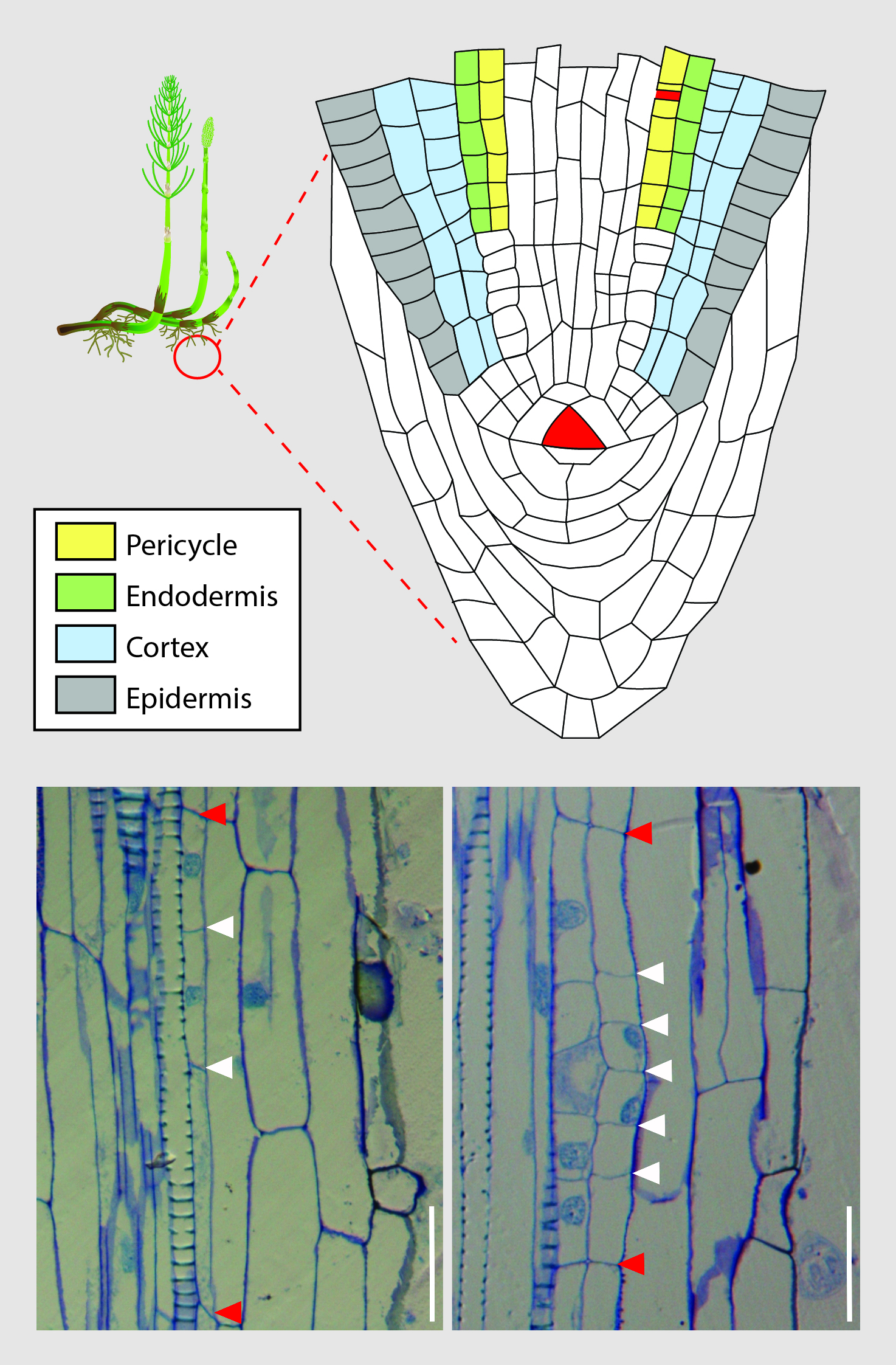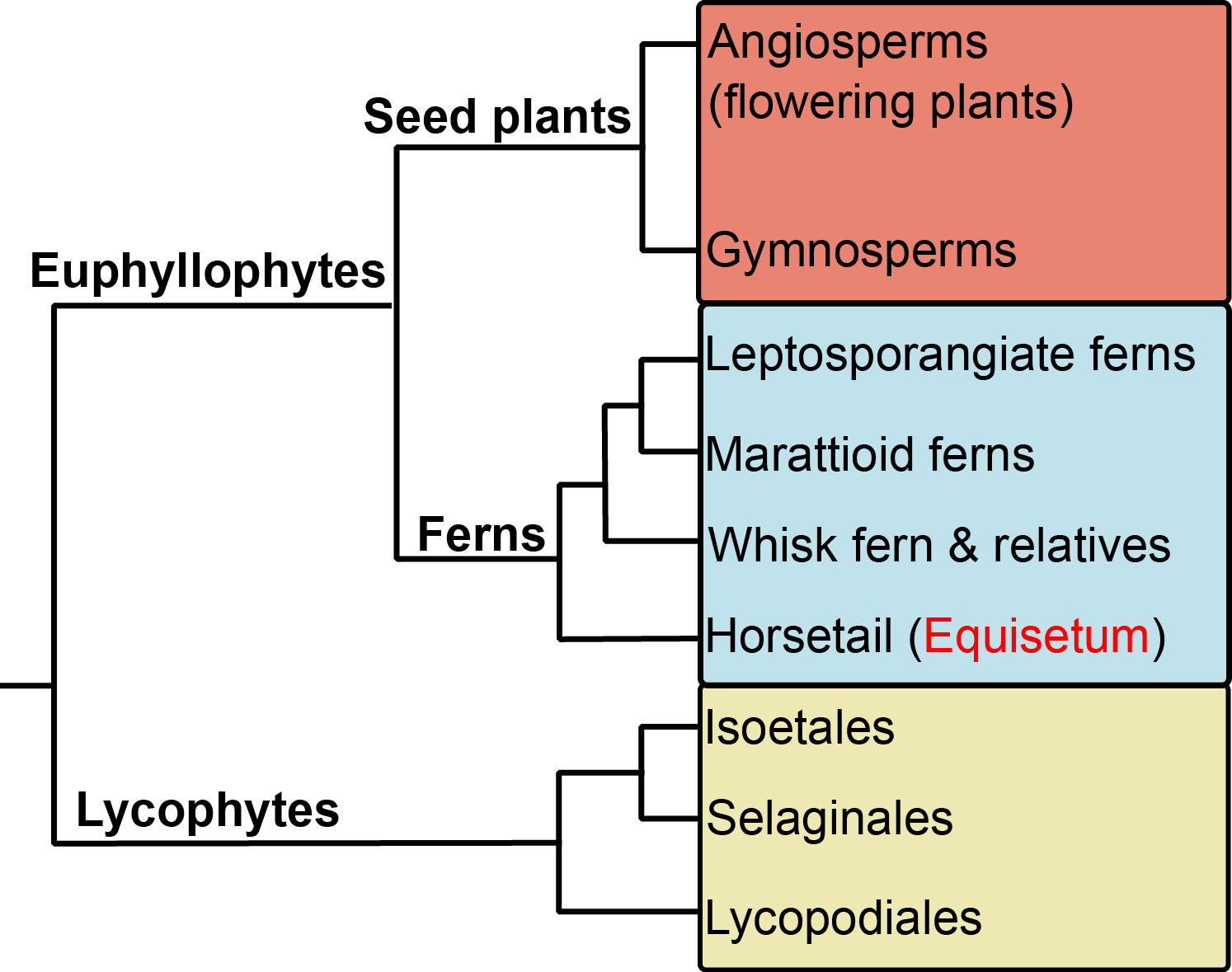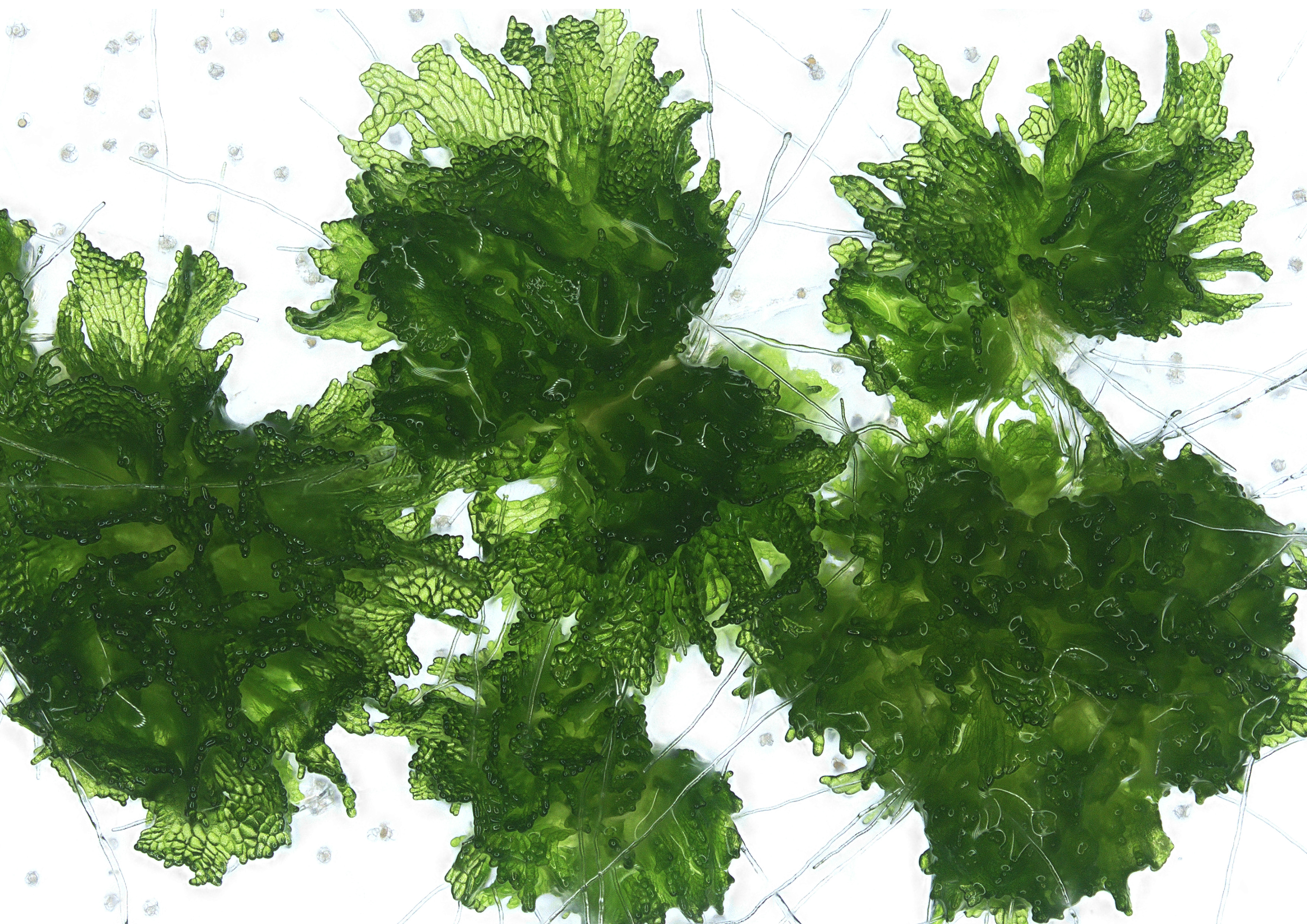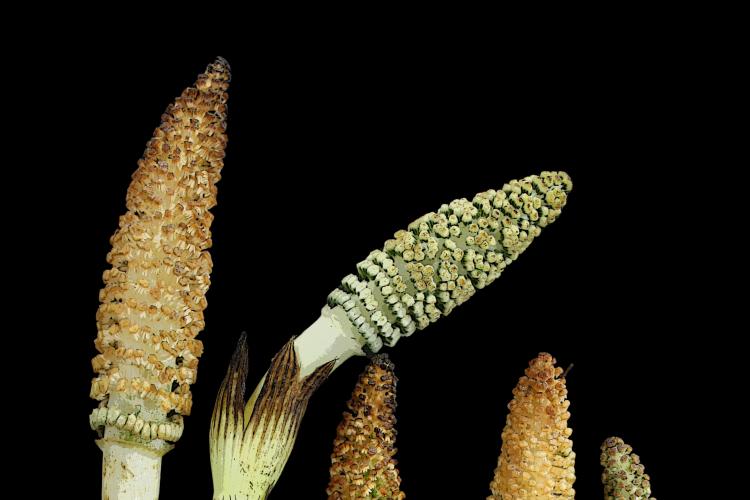
Lateral root (LR) branching appeared in euphyllophyte clade (ferns and seed plants). In the model plant Arabidopsis thaliana, LRs originate from pericycle cells. In ferns, it is generally assumed that LRs are originally formed from the endodermal cell layer. However, this is based on the sparse studies which almost exclusively focused on the leptosporangiate group while the eusporangiate ferns are less well studied or even omitted. Within the eusporangiate ferns, the Equisetaceae represent an early-diverging lineage diverging from leptosporangiate ferns about 350 Mya and from seed plants about 380 Mya. Equisetaceae have a well-documented fossil record, dating back to the Carboniferous. The fossil records shows that modern Equisetaceae have similar morphological features with ancient group of vascular plants. Thus, Equisetaceae are normally considered the oldest extant vascular plant genus. In other words, they are also witness species for the origin of lateral root branching. It could be hypothesized that these plants have maintained the most original mode of LR formation which would be LRs with an endodermal origin. Intriguingly, few studies have reported the development of LRs from the pericycle instead of the endodermis in these species. This apparent contradiction led to the suggestion that Equisetaceae might lack a pericycle but would have a double endodermis in an attempt to keep the central idea of endodermis-derived LR initiation as the most primitive state. Without the availability of tissue-specific markers such hypotheses are hard to prove and more in depth studies are required to solve this mystery. The common structure of underlying transcriptional networks point to a highly convergent evolution where in both seed plants and ferns a similar program was already present or a similar genetic program was recruited.


